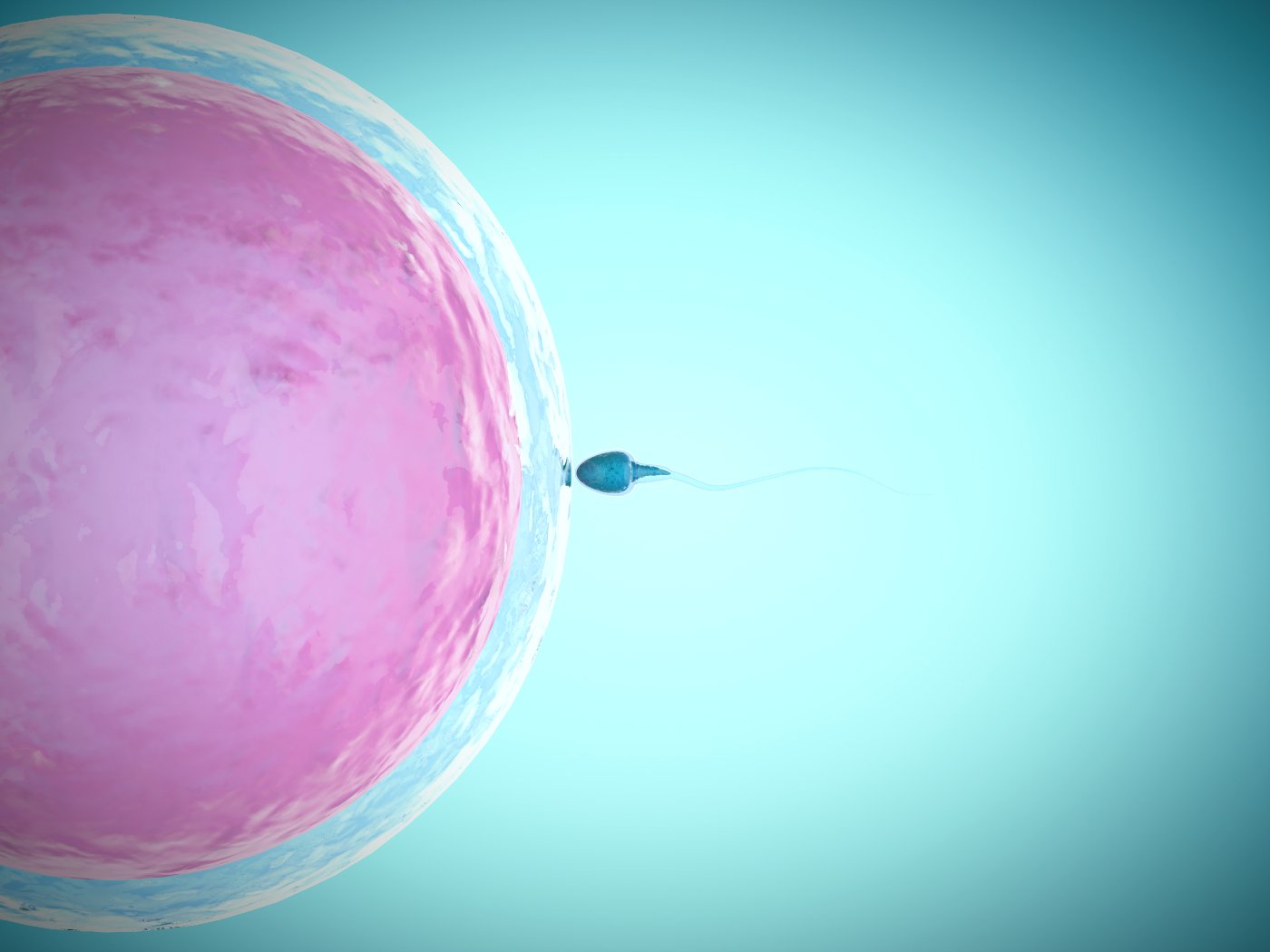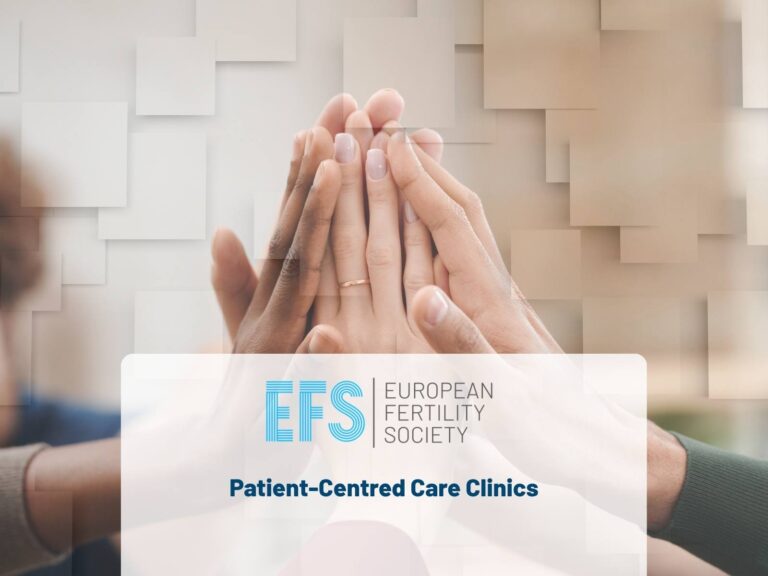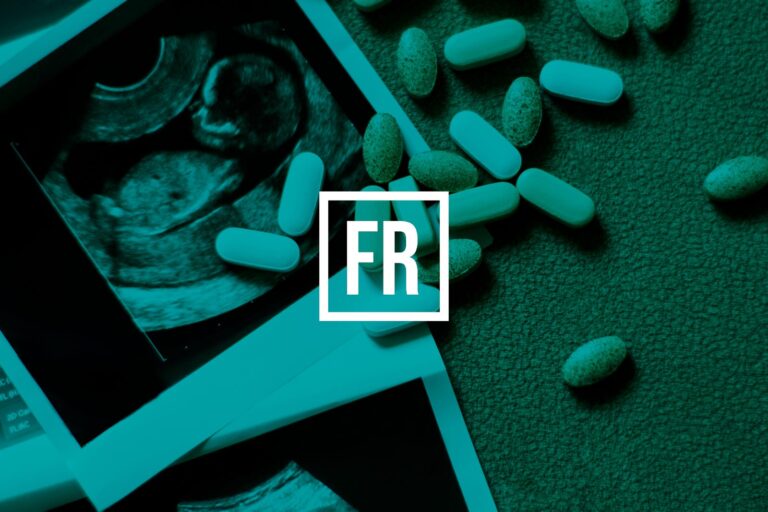Last updated: August 29, 2025
IVF step by step – Summary
- IVF begins with consultation and tests to determine readiness.
- Ovarian stimulation uses medication to produce multiple eggs.
- Egg retrieval is a short procedure under sedation.
- Eggs are fertilised by IVF (natural fertilisation) or ICSI (sperm injection).
- Embryos are cultured and monitored until day 3 or day 5.
- Embryo transfer is quick, usually without anaesthesia.
- Pregnancy is confirmed by hCG blood tests and ultrasound.
IVF is not just medical—it also involves emotional preparation, financial planning, and lifestyle adjustments.
IVF is a structured process with clear stages: consultation, ovarian stimulation, egg retrieval, fertilisation (IVF or ICSI), embryo culture, embryo transfer, and post-transfer monitoring including a pregnancy test. Each stage has its own timeline, medications, and expectations.
A step by step guide for IVF process
In Vitro Fertilization is a procedure that helped thousands of couples all over the world to have a baby. It is a procedure involving combining the egg and sperm in an embryology laboratory creating an embryo that then can be placed in the woman’s uterus.
We live in a world where almost everyone has heard about IVF but most people do not really know how the procedure really looks like. We will take you through the whole process of IVF step by step.
You might be interested in: The Good, The Bad And The Baby Maker – Embryo Quality – Grading Systems
Step 1: Initial IVF Consultation
At your first consultation, you’ll meet a fertility specialist who:
- Review your and your partner’s medical history.
- Requests relevant documents and test results.
- Explains the IVF process with timelines.
- Provides guidance on how to plan around work and responsibilities.
Birth control before IVF
Some patients may be prescribed birth control pills before stimulation. This helps:
- Prevent cyst formation.
- Synchronize egg follicle growth.
- Allow better cycle timing.
Ovarian reserve testing
Tests on Day 2/3 of the cycle (FSH and E2) help specialists design a personalised stimulation protocol. Importantly, these tests are not meant to exclude treatment.
Step 2: Ovarian Stimulation
In a natural cycle, only one egg matures. IVF aims to mature multiple eggs to increase chances of success.
Medications are given for 7–10 days via injections.
Frequent monitoring (7–8 clinic visits) includes:
- Transvaginal ultrasounds (follicle growth, uterine lining thickness).
- Blood tests (estrogen levels).
After each check, patients receive progress updates and next-step instructions from the clinic.
Step 3: Egg Retrieval
Egg retrieval is a short medical procedure:
- Performed under sedation, anaesthesia, or paracervical block.
- A needle guided by ultrasound enters ovarian follicles.
- Fluid containing eggs is aspirated and passed to an embryology lab.
The embryologist then:
- Identifies and counts the eggs.
- Repeats aspiration for both ovaries.
- Slight bleeding may occur but usually heals quickly.
Step 4: Fertilisation & Embryo Development
Once eggs are retrieved, fertilisation happens by:
- Conventional IVF – healthy sperm are combined with eggs in the lab.
- ICSI (Intracytoplasmic Sperm Injection) – a single sperm is injected directly into an egg, often used when sperm quality is low.
The choice depends on sperm quality tests. After fertilisation, embryos are monitored for growth.
Step 5: Embryo Transfer
Embryo transfer is a simple, quick, and painless procedure:
- No anaesthesia required.
- Embryos are loaded into a catheter.
- The catheter places them in the uterus.
- An embryologist confirms successful release.
When to transfer: Day 3 vs Day 5
- Day 3 (cleavage stage): Embryos have divided into cells but are still early in development.
- Day 5 (blastocyst stage): Embryos have developed further, allowing better selection.
Benefits of Day 5 transfer
- Blastocyst embryos are often stronger and more likely to implant.
- Embryos that don’t survive to day 5 often had genetic or quality issues.
- Patients producing many embryos may benefit most from day 5 transfers.
When Day 3 may be recommended
- Women with fewer eggs or embryos.
- Older patients who may not benefit from extended culture.
Step 6: Pregnancy Test & Monitoring
- 18 days after egg retrieval, a blood test measures hCG levels.
- A result over 100 suggests pregnancy, but lower numbers may still be viable.
- The test is repeated every 2–3 days; hCG should double every two days.
- If confirmed, an ultrasound at ~6 weeks checks for heartbeat.
IVF Planning and Realities
IVF involves more than science—it’s also a financial, emotional, and practical journey.
Key considerations:
- Costs: IVF can be expensive depending on the country where you realized the treatment; patients may explore local vs. abroad clinics.
- Time: Multiple attempts may be needed.
- Support: Emotional resilience is vital; many benefit from sharing experiences with others.




